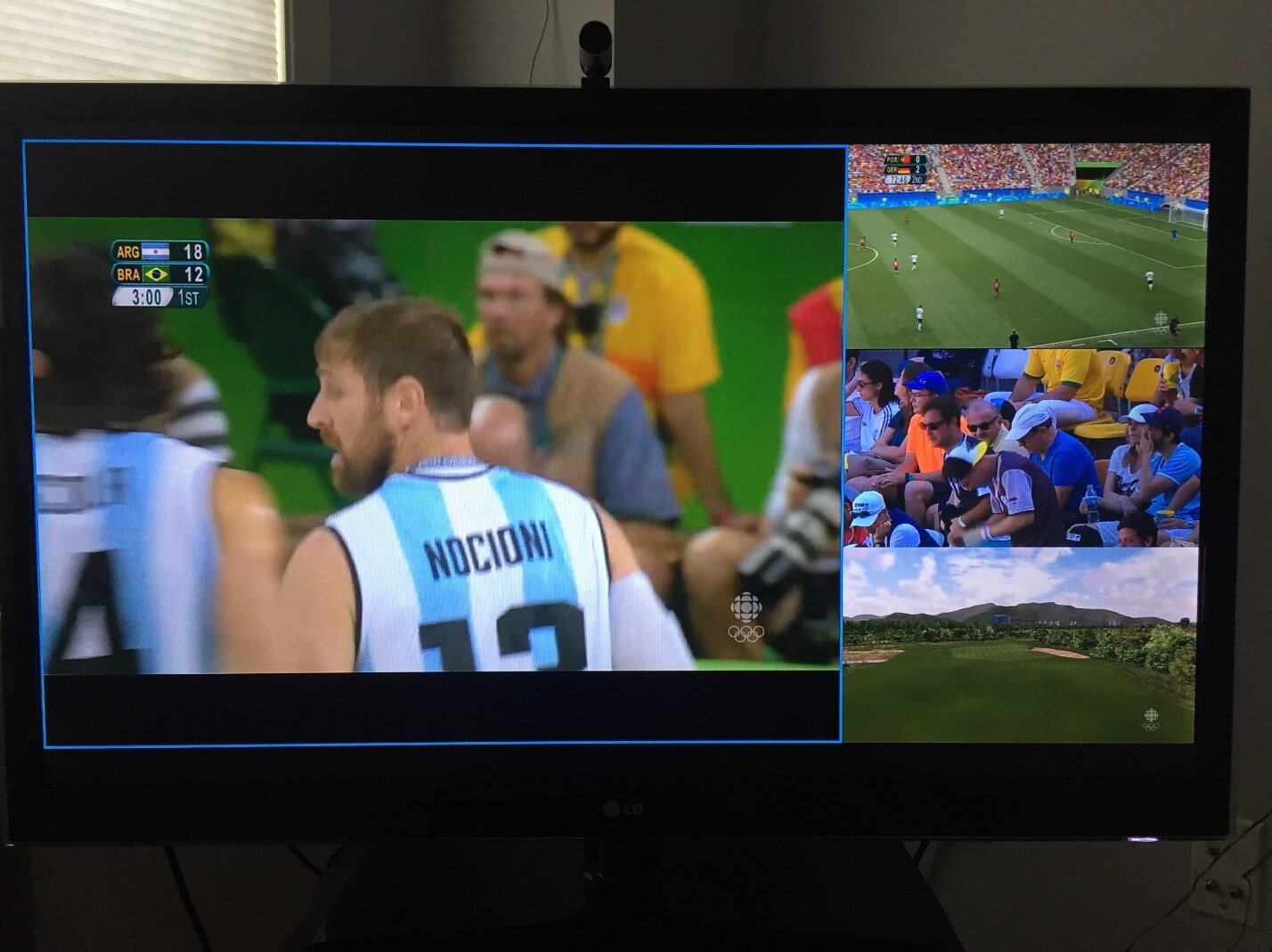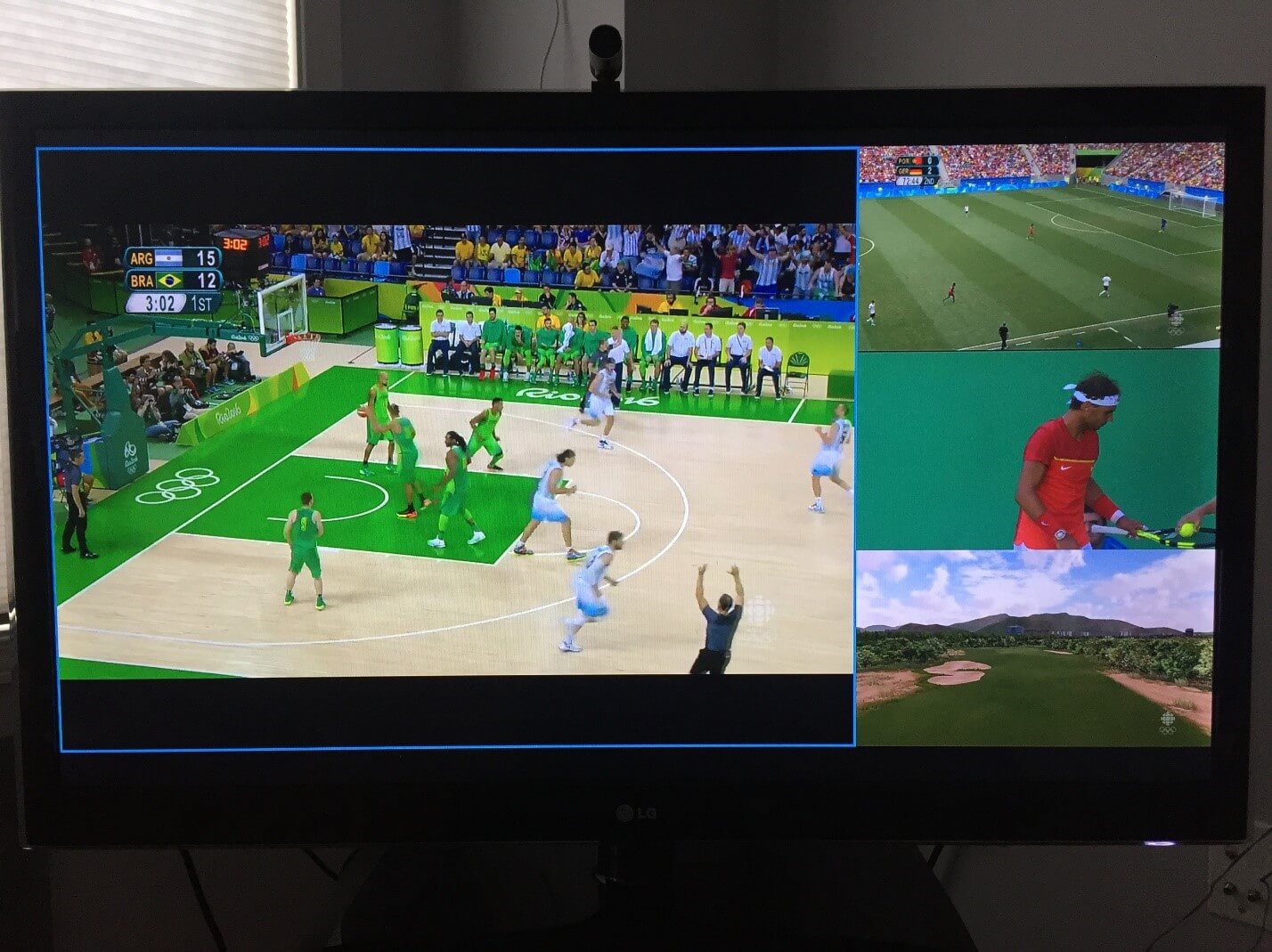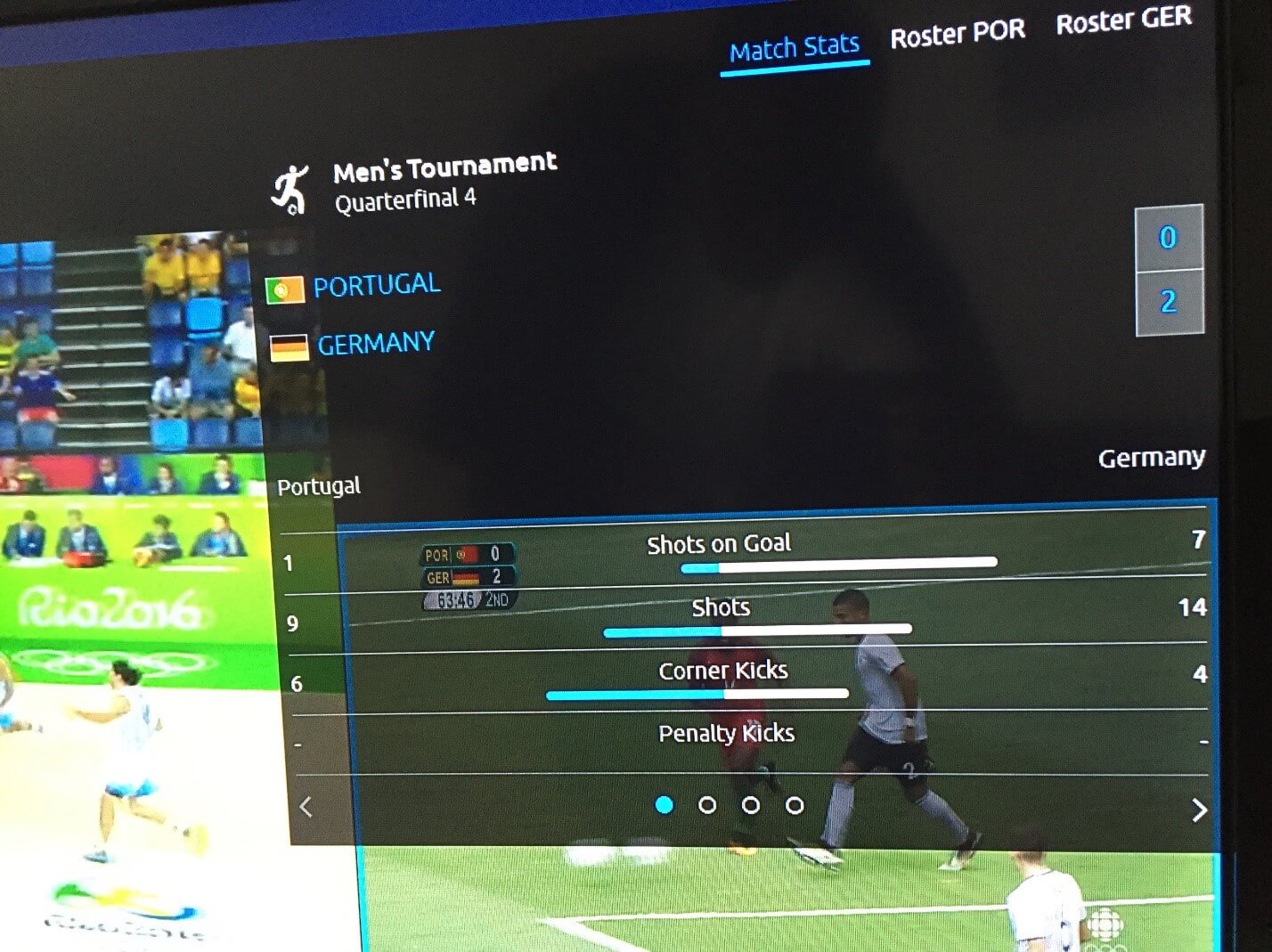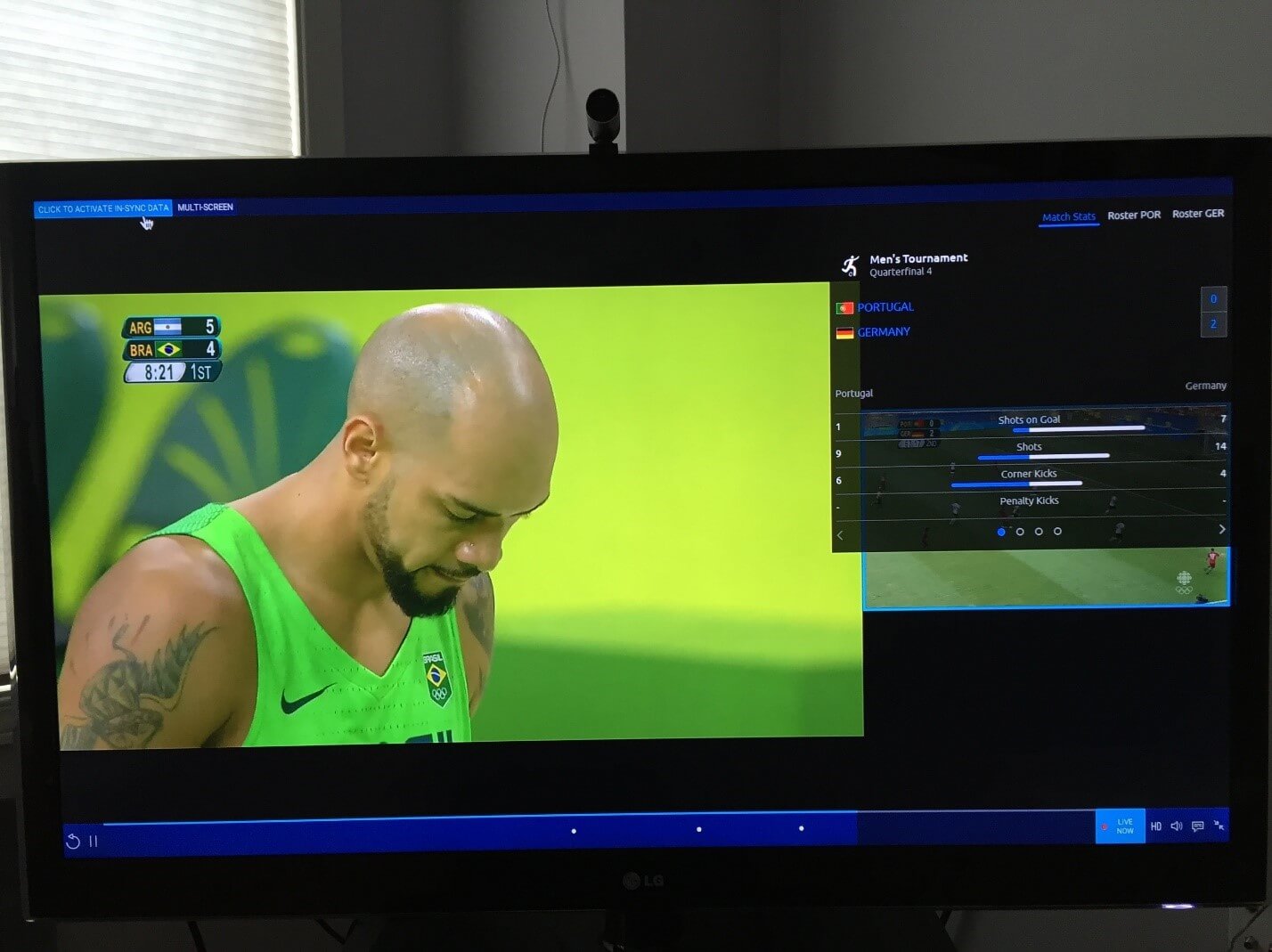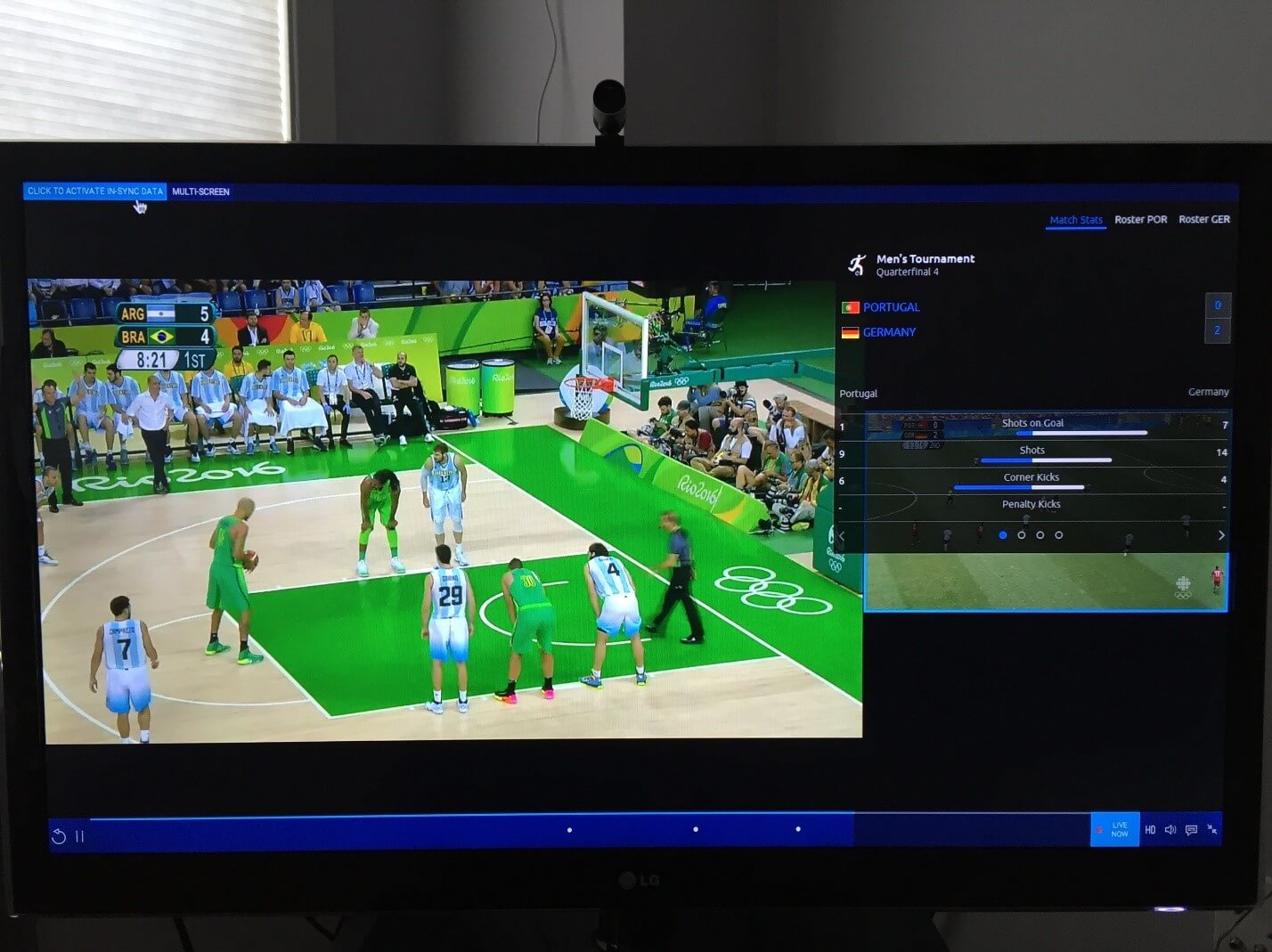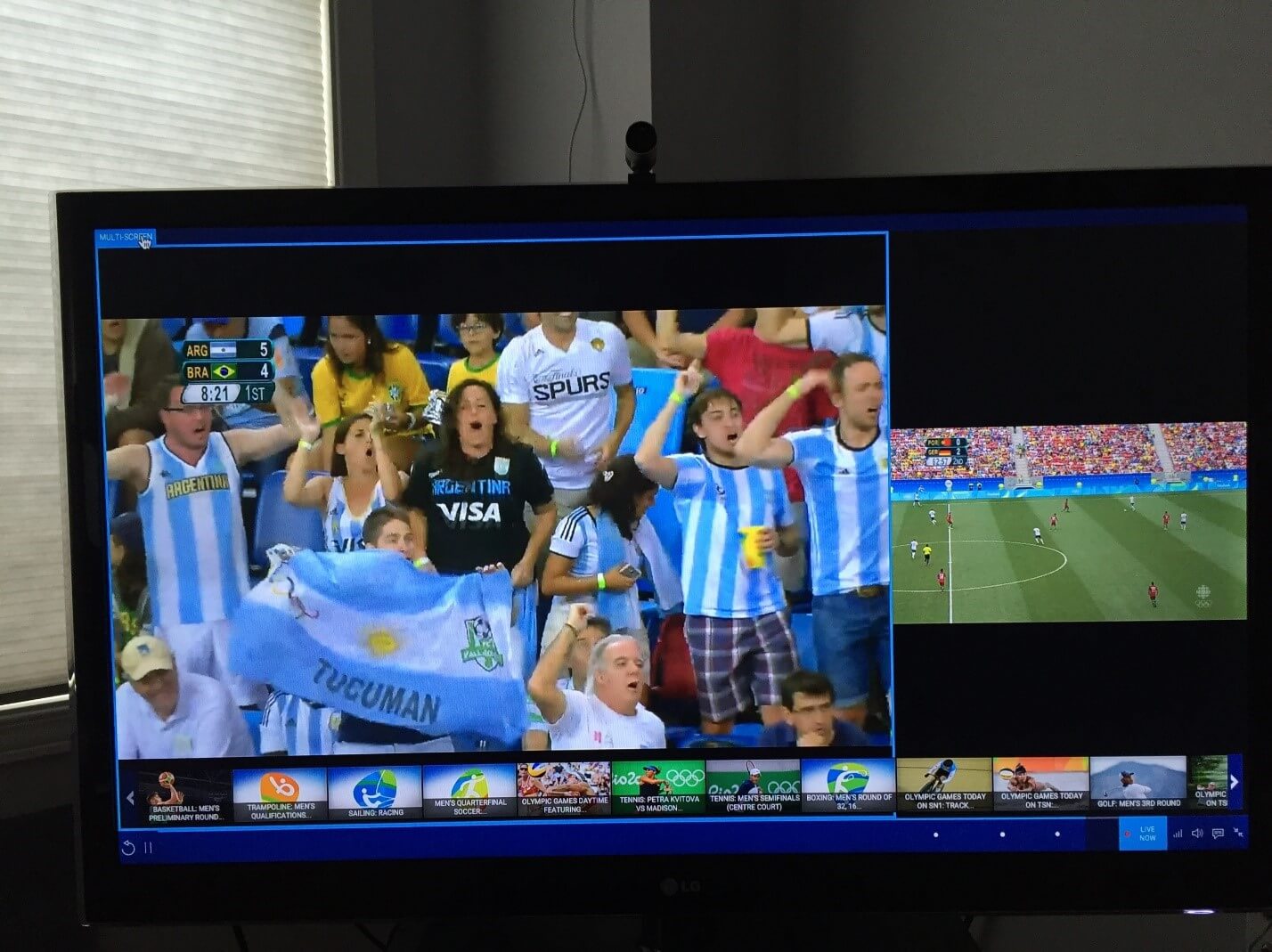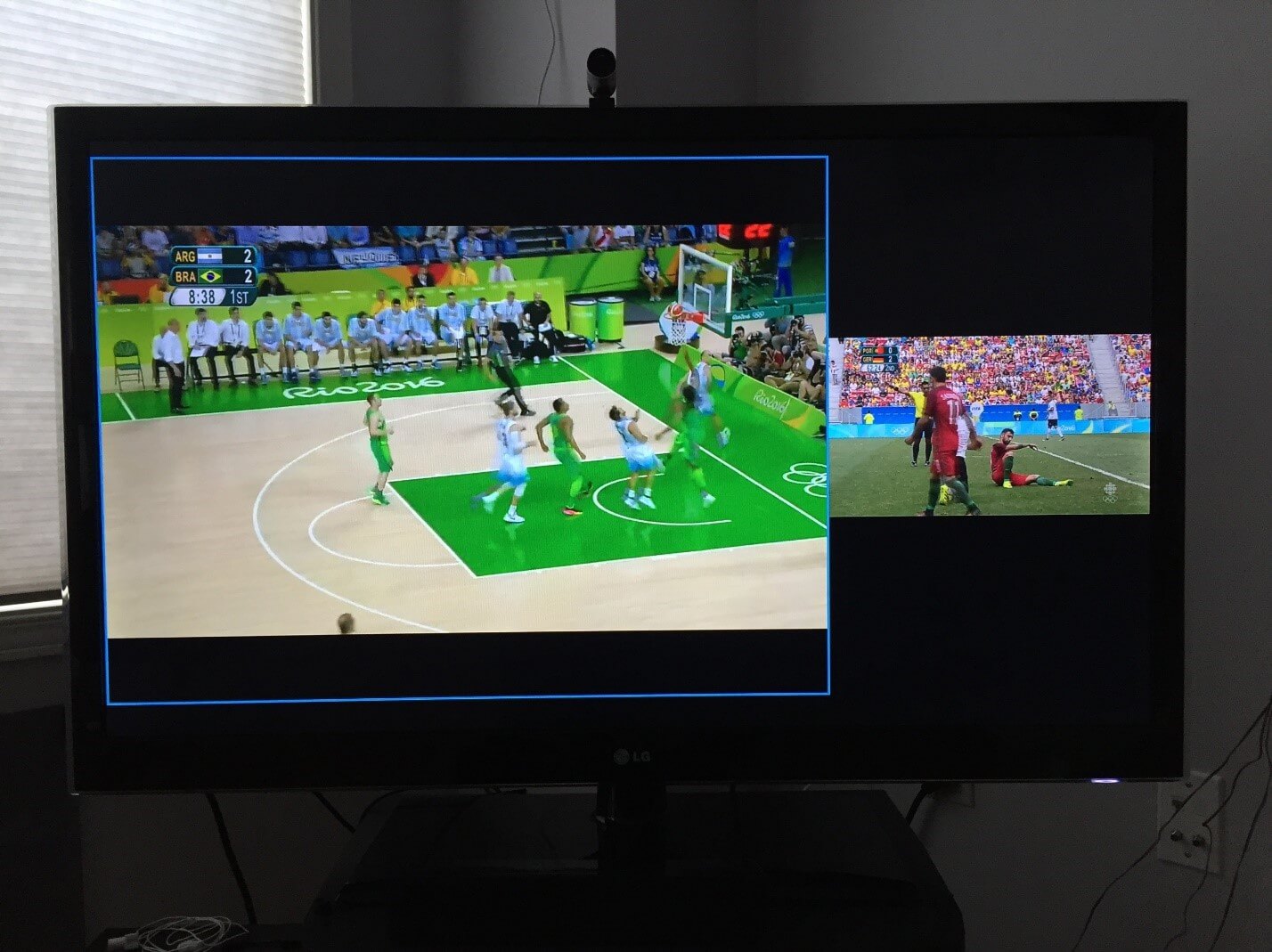
Interactive experience: The new TV paradigm
For those of us that aren’t completely cynical about the Olympic movement, the Olympic games in Rio represented a celebration of the best athletes in the world. I was particularly excited about these Olympics because I was honoured to count my friend Erica Wiebe among those athletes (Wrestling 75kg, women’s freestyle).  And of course, I also like the Olympics because you get to watch amazing sports that don’t regularly get televised. Sports like handball, water polo and diving. So many sports, so little time, how to solve this problem?
The CBC (Canadian Broadcasting Corporation) online coverage of the 2016 Rio Olympic Games was a real delight for me because it satisfied an existing user need in an elegant way. When watching sports on traditional televisions feeds, users are confined to watch what they are shown. The online coverage offered by CBC allowed users more freedom to watch what they want, when and how they want.
This may be one of the seminal moments signaling the death of traditional television. We are seeing a shift to an Internet-based form of entertainment delivery with the Olympic coverage and things such as Netflix already where the choice of what to watch and when to watch is left up to the user.
The online coverage of the Olympic games attested to a deep understanding of user needs. The interface leveraged a good understanding of the UX principles of micro-interactions, and progressive disclosure to ensure a simple and straightforward user experience. In the end it granted sports fans like me the ability to see many more events than I would normally be able to with traditional television coverage. This type of interaction based on understanding user needs is one of the things I believe that, at least in sports, will usher in a new interactive age of televised sports coverage. This type of coverage is the equivalent to web 2.0 in web design.
This is not just flashy visual design, this is carefully considered interaction design, very well executed information architecture and a real attention being paid to the needs of the users in this particular context.
The micro-interactions on the CBC Olympic website are well executed. For example, the blue outline of the particular feed is a subtle yet clear way of indicating focus and allowing for interaction with multiple feeds using a very limited are paired down set of controls. Progressively disclosing those controls and alternate video feeds helps keep the interface minimalist and doesn’t infringe on the viewing experience.
Of course, in regards to user groups, this way of watching sports isn’t for everyone, but that really is the point. There are some sports fans, who will have no interest in watching sports this way. That’s OK too, since this type of coverage, at least for the time being, supplements traditional television coverage. As for me, I know that when it comes to following my friend Erica’s exploits on the wrestling mat, I won’t have to miss a minute of the action.

-
Figure 1: Four simultaneous video feeds

-
Figure 2: 4 Simultaneous video feeds

-
Figure 3: Show and hide statistics for any of the 4 feeds

-
Figure 4: Show and hide statistics for any of the four feeds

-
Figure 5:Show and hide statistics for any of the four feeds

-
Figure 6: Micro-interactions to show which feed the sound is coming from and progressive disclosure to choose additional video feeds

-
Figure 7: Micro-interactions to show which feed the sound is coming from
I would be very interested in knowing from readers how other broadcasters around the world for instance the BBC in the UK or NBC in the United States provided online content to their viewers.
Comments
Related Articles
